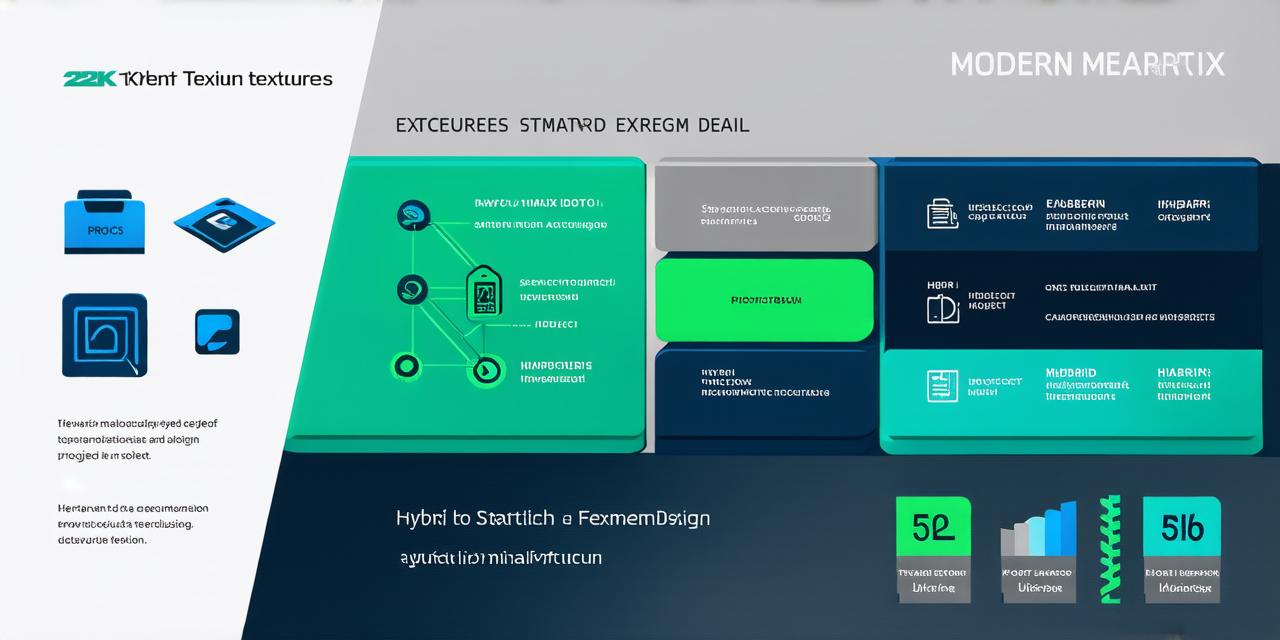When it comes to managing projects, having a well-defined organizational structure can help ensure success. The project organizational structure outlines the roles and responsibilities of individuals within the team responsible for completing a specific project. There are four main types of project organizational structures: functional, hierarchical, matrix, and flat. In this article, we will explore each type in detail, including its strengths and weaknesses.
Introduction:
When it comes to managing projects, having a well-defined organizational structure can help ensure success. The project organizational structure outlines the roles and responsibilities of individuals within the team responsible for completing a specific project. There are four main types of project organizational structures: functional, hierarchical, matrix, and flat. In this article, we will explore each type in detail, including its strengths and weaknesses.
Functional Structure:
A functional structure is one in which the team is organized around the various functions needed to complete a project. This includes marketing, sales, engineering, and other departments that are responsible for specific aspects of the project. In this type of structure, each department has its own budget and resources, and individuals are assigned specific tasks based on their expertise.
Strengths:
- Clear lines of authority
- Efficient use of resources
- A strong focus on the specific functions needed to complete a project
Weaknesses:
- Limited cross-functional communication
- Difficulty in coordinating efforts between departments
- Can be inflexible, making it difficult to adapt to changes in project requirements
Hierarchical Structure:
In a hierarchical structure, the team is organized into a chain of command, with each individual having a specific role and reporting to someone higher up. This type of structure is often used in large organizations, where there are many levels of management between the top and frontline workers.
Strengths:
- Clear lines of authority
- Efficient decision-making processes
- A strong focus on chain of command
Weaknesses:
- Limited communication between departments
- Slow decision-making processes due to multiple layers of management
- Can be bureaucratic, making it difficult to adapt to changes in project requirements
Matrix Structure:
A matrix structure is one in which the team is organized around both functional and project-based lines. This means that individuals are assigned to work on specific projects, but they also report to a department head who oversees their work within that department. In this type of structure, communication between departments is critical, as teams often need to coordinate efforts to meet project deadlines.
Strengths:
- Effective communication between departments
- Clear lines of authority for functional roles
- Flexibility to adapt to changes in project requirements
Weaknesses:
- Complex communication channels
- Conflicts can arise due to multiple reporting lines
- Can be difficult to manage, requiring strong leadership skills
Flat Structure:
In a flat structure, there is little or no hierarchical structure, with everyone on the team working at a similar level. This type of structure is often used in smaller organizations, where there is less need for multiple levels of management.
Strengths:
- Efficient decision-making processes
- Strong communication channels
- A flat hierarchy can help to foster collaboration and teamwork
Weaknesses:
- Limited lines of authority
- Responsibilities may be unclear
- Can be difficult to scale up or down, as there is no clear chain of command.
Summary:
Each type of project organizational structure has its own strengths and weaknesses, and the choice of structure depends on the specific needs and goals of the project. A functional structure may be effective for projects that require a strong focus on specific functions, while a hierarchical structure may be appropriate for large organizations with many levels of management.
